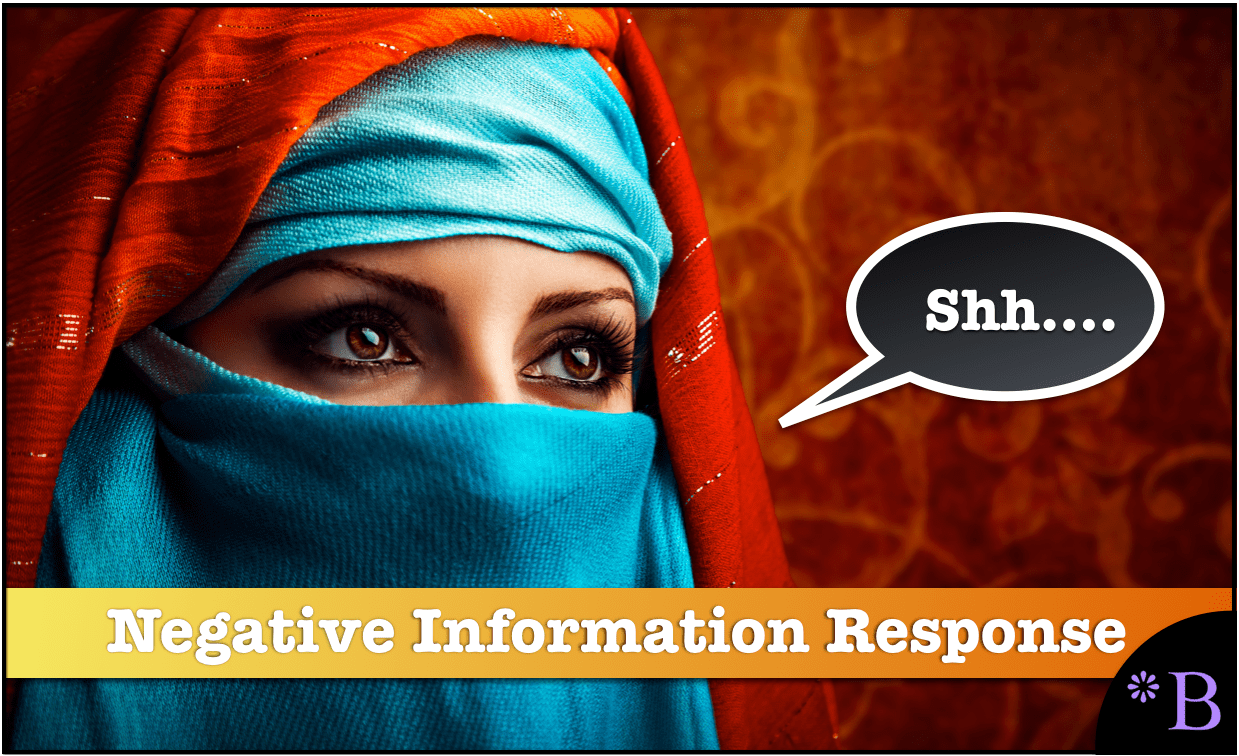The Limited Capacity to Process Negative Information
Executive Summary
- There are two sides to the problem in reporting negative information.
- We cover the lesser-known restrictive ability of humans to tolerate negative information.

Introduction
We often cover the financial bias that exists in the IT space. This places emphasis on the supply side of the equation. However, there is also the demand side. And readers show a dominant preference for positive or uplifting information over negative or critical data. This topic is of great interest to Brightwork Research & Analysis because we cover stories that other information providers in the space will not cover.
The VW Dieselgate Scandal
The VW scandal topic is just one of many examples of how the interest in negative topics tends to wane. That is, the appetite for such stories is limited in the minds of the public. If we think back to the VW scandal, the response can be considered muted. Not to say that the story was not covered, but it did not seem to be passed between people, anything like some positive story about a “green future.”
Not only did the VW story expose the automotive industry, but it revealed the dereliction of duty on the part of regulators who created a measurement system that was so lazy that it was easy to trick. You don’t have to be a mechanical engineer to realize that running a car on a spinning cylinder is not a real-life test. The team that caught the issue was not even part of the regulatory apparatus and had something like $70,000 in funding. This tiny investment and research performed by the University of West Virginia led to the correct measurements — and VW and other companies like Audi being caught. The California Air Control Board eventually confronted them, but mostly VW almost got away with it.
Fake Recycling
I noted the same thing about realizing that the recycling industry has been merely sending its material to China, which China recently stopped taking. This was not recycling, but just moving the waste between countries. This demonstrates an overall pattern. When it comes to something uplifting, a story of how technology will solve a problem, many people want to discuss this.
However, when the complexities surface and the blowback and broken promises are laid bare, the percentage of the same group that wants to discuss drops quickly. They have better things to do than look at reality.
If one looks at LinkedIn, the inspirational stories and “feel good” explanations get many likes. But the articles on the reality — of how much the reality is different from the promise, these shares are much less prevalent. This is confirmation bias. People are deselecting disturbing or non-inspirational data points.
What is Unspeakable?
It seems as if the worse the information is, the less it will be observed. This reminds me of the term “unspeakable.” I am not sure how common this word is outside of English — but what a ridiculous word. Certain things are true but are unspeakable. They cannot be spoken. Why would that be true? I have decided to place pictures of kittens in my articles at specific places. This is so people can feel good as they are reading the expose. VW scandal — then a picture of a kitten — that the cars were marketed as ecological — then a picture of a kitten.
Look at these kittens. Aren’t they cute? Is the insertion of videos like this into critical media pieces necessary to increase readership?
Conclusion
IT readers, like other readers, want to read uplifting and optimistic stories. Media entities that provide this coverage benefit in several ways.
- Positive and non-critical stories make the media entity more friendly to advertisers.
- Most readers prefer positive and non-critical stories.
- Positive and non-critical stories are cheaper to produce. Companies have large investments in marketing and PR, pushing out a constant stream of false but positively spun information. This information is customized to be picked up by media entities. Media entities can declare that they performed their function because they checked with the source.